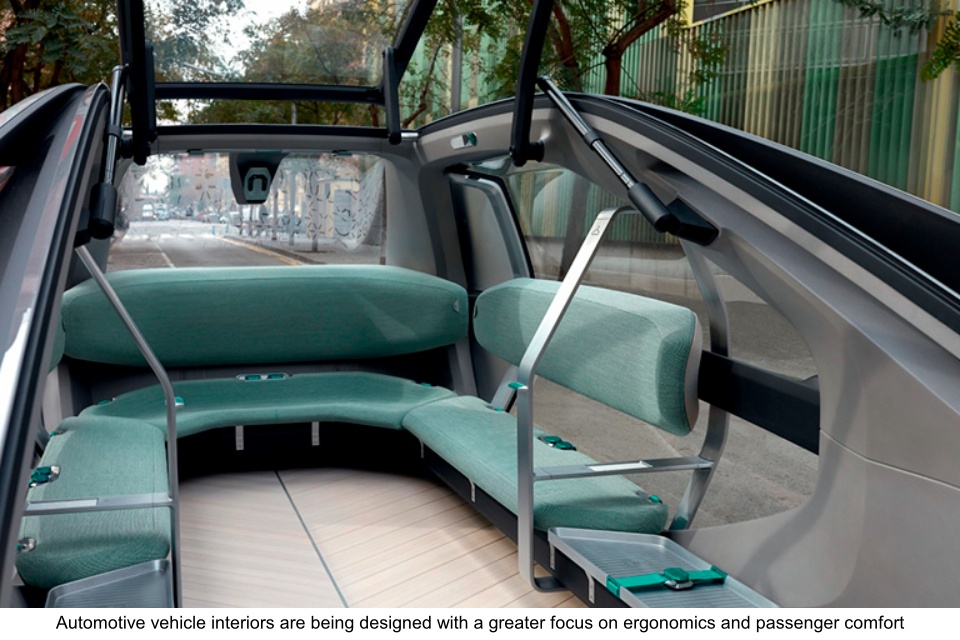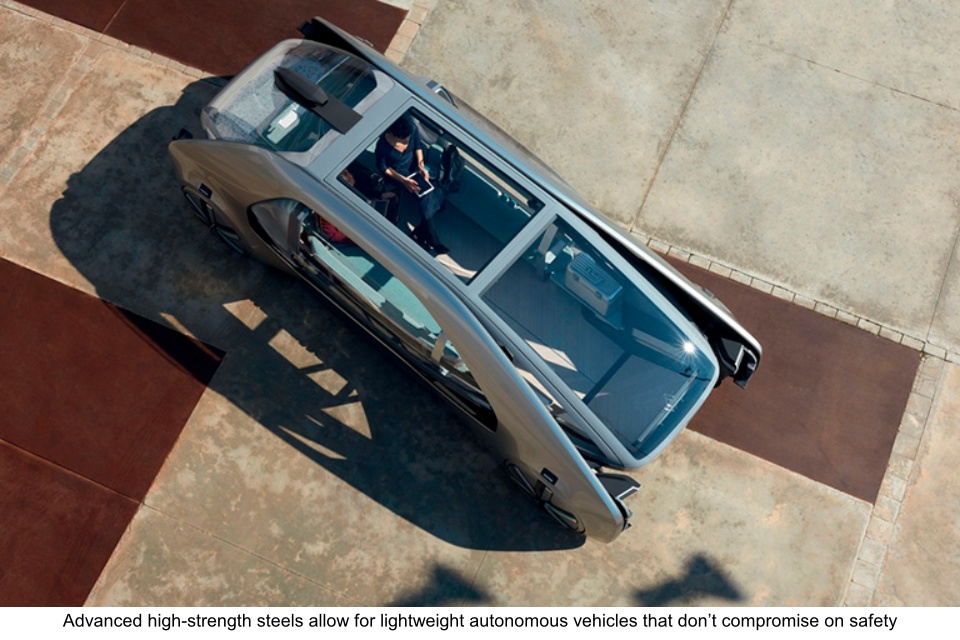As POSCO resolutely focused its energy to make headway with EV products like the battery, chassis, traction motor as well as hydrogen fuel cells, the company’s ‘neo-mobility,’ one of its guiding concepts that drive the future mega trends, has been playing the role of lighthouse for the future mobility.
However, the prominence of ridesharing services and the advent of self-driving cars are rapidly changing the ways we move around, and according to experts, vehicle ownership will likely decrease.
Despite these challenging circumstances, however, worldsteel believes steel is not only relevant, but it’s also crucial for the development and innovation of future vehicles.
What advantages does steel have, and how can it help take POSCO’s neo-mobility concept even further? Let’s find out as POSCO Newsroom presents worldsteel, “Future Mobility Solutions Will Have Steel at Their Heart.”
As the world’s mobility systems undergo profound changes, providers will continue to be reliant on steel to help overcome a number of key challenges.
Automotive transport sits at a critical junction. Patterns of mobility and the methods of getting from A to B are shifting in response to disruption from new technologies and more sustainable approaches to resource management.
Operators are looking at the ways we move and the environments in which we do it. Vehicle ownership will likely decrease, with integrated ridesharing, sustainable methods of public transport and automated vehicles set to represent a larger proportion of journeys.
This change will have to be reflected in the infrastructure that supports these new methods of mobility. Specially designed street signs and architecture will help signpost journeys for automated vehicles, while the quality and predictability of our road surfaces will grow in importance.
Steel intensive technologies such as battery storage and integrated charging infrastructure for electric vehicles also represent a key enabling factor that must be addressed if the next generation of automotive transport is to achieve mainstream adoption.
Some providers have explored installing charging infrastructure in the roads themselves, with steel belts in the vehicle tyres and steel electrodes under the highway surface allowing for charging to take place while in motion.

l Reinventing the Wheel?
It is not just transport infrastructure that is changing, the essential design of automotive interiors and exteriors are being rethought in line with shifting ergonomic demands. These new vehicles will be more of a shared living or working space on wheels than a traditional car or van.
Renault’s EZ-GO concept comfortably allows for six passengers and with its batteries and engine placed under the floor of the vehicle and a panoramic glass roof design, it offers a ride experience that maximises exterior views and passenger comfort.
As automotive design becomes more aligned with that of interior and living spaces, the need to maximise the room available in vehicles without compromising on safety will only grow.
Also, as populations rise and car ownership is likely to decrease, ensuring public transport services are able to accommodate a rise in passengers is highly important. The need for more efficient and sustainable transport will inevitably lead to more people making journeys in a smaller number of vehicles.

l A Place for Steel
The rollout of automated transport solutions will bring a renewed focus on safety. Some concepts, such as the EZ-GO, will have capped speed limits to ensure safety, as well as light and sound displays for pedestrian awareness due to their silent running.
Even with these measures there will be a need for robust vehicle chassis in case of collision. Advanced high-strength steels (AHSS) can offer this protection without forcing automotive designers to compromise on panoramic views and interior comfort and adaptability.
The light-weighting advantages of AHSS will also be paramount as operators look to squeeze as much performance out of battery technology as possible. Lowering weight without compromising on safety will allow for extended maximum ranges for e-vehicles, with corresponding impacts on networks as charging stations can be more spread out.
Batteries will also require high levels of protection from collisions, with high-strength housings crucial as this allows for battery placement to be optimised for ergonomic considerations without impacting on safety.
High quality electrical steel will also help reduce core losses in e-motors, improving efficiency and boosting range. The extreme strength of new electrical steels means they are also able to withstand high levels of mechanical stress, extending the lifetime of the engine and allowing for smaller high-speed motors that save on space and weight.
The new wave of vehicles will bring a renewed focus on sustainability, safety and passenger comfort. It is clear that if future mobility systems are to overcome all three of these key challenges, then steel will play a key role.
Images: © Copyright Renault Group 2018
The original content published on the worldsteel’s ‘Our Stories’ section is available at: https://stories.worldsteel.org/automotive/future-mobility-solutions/
